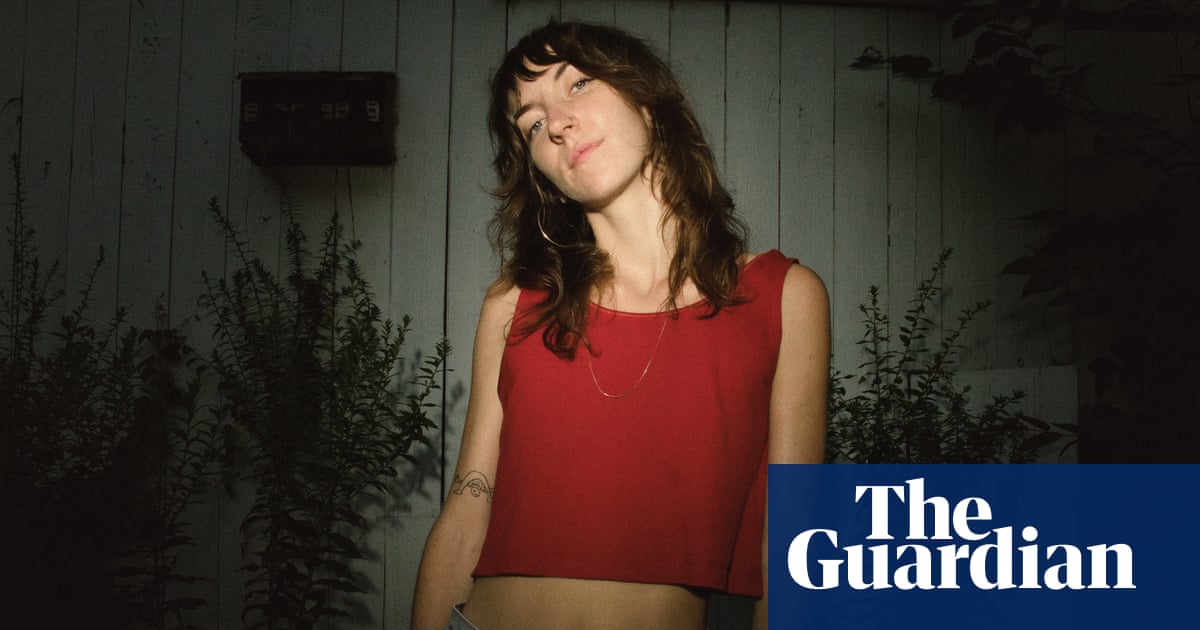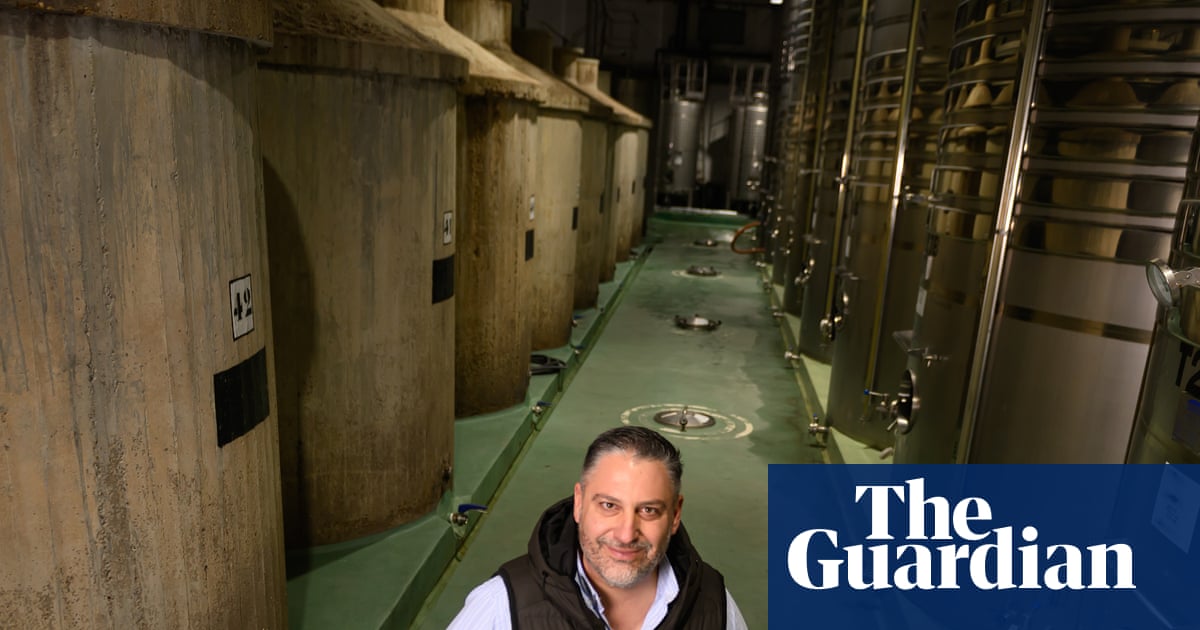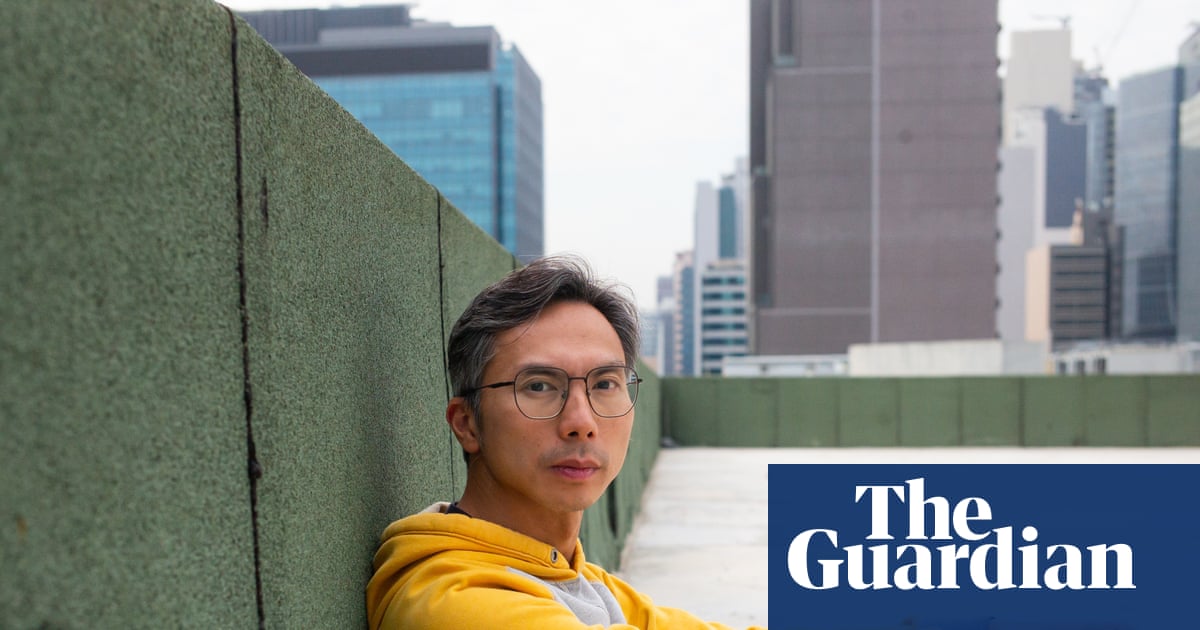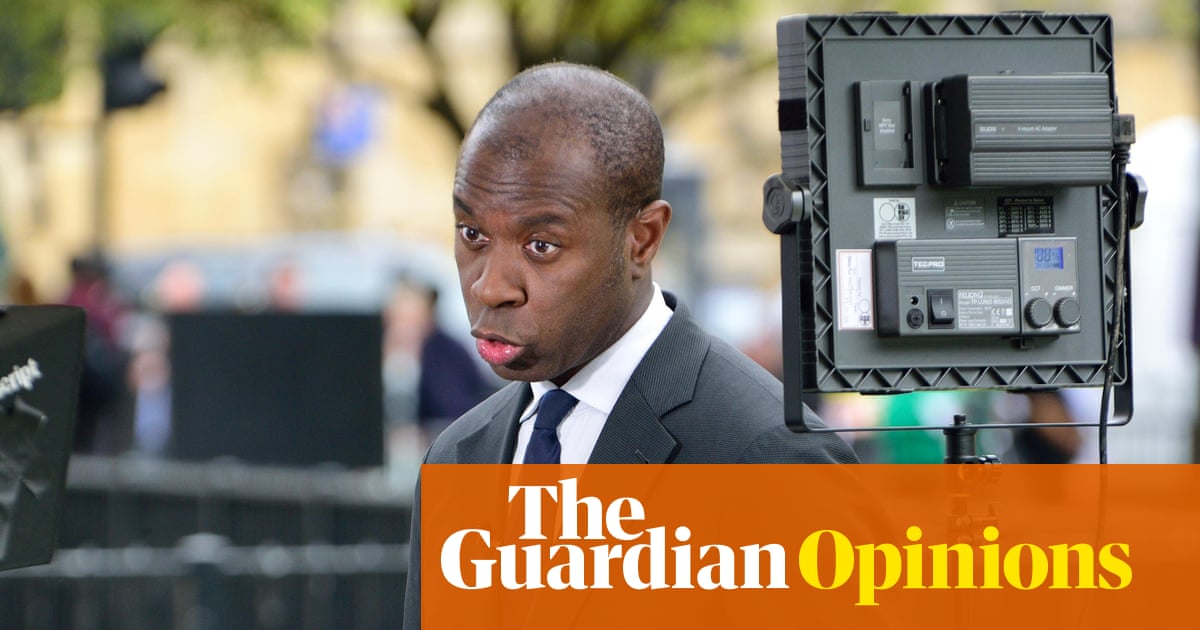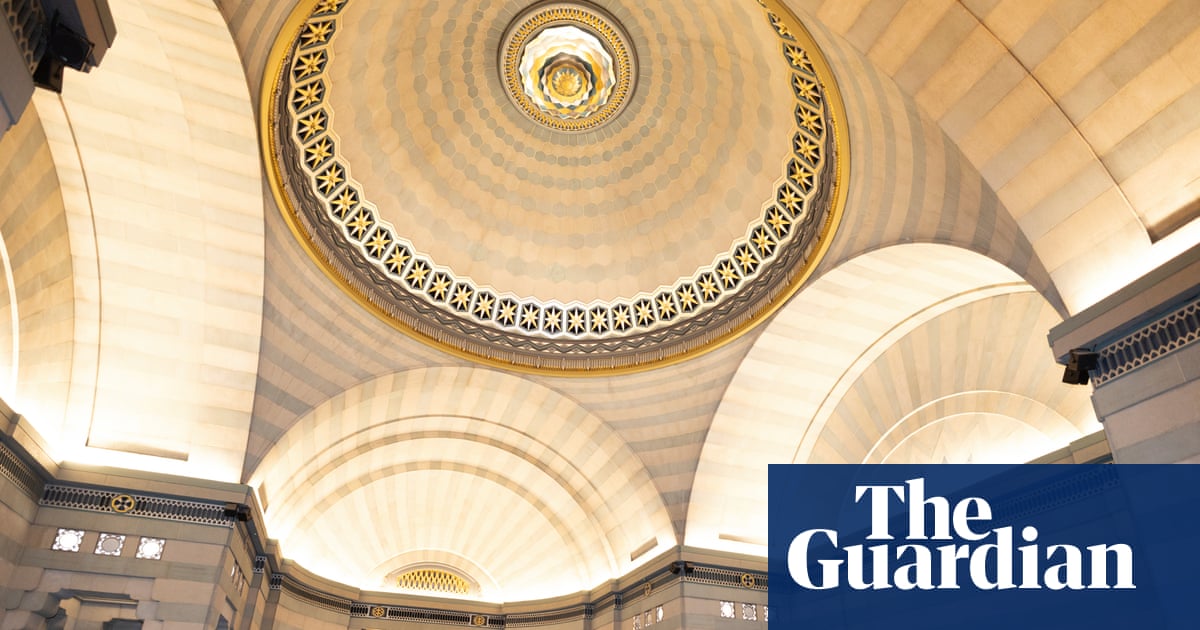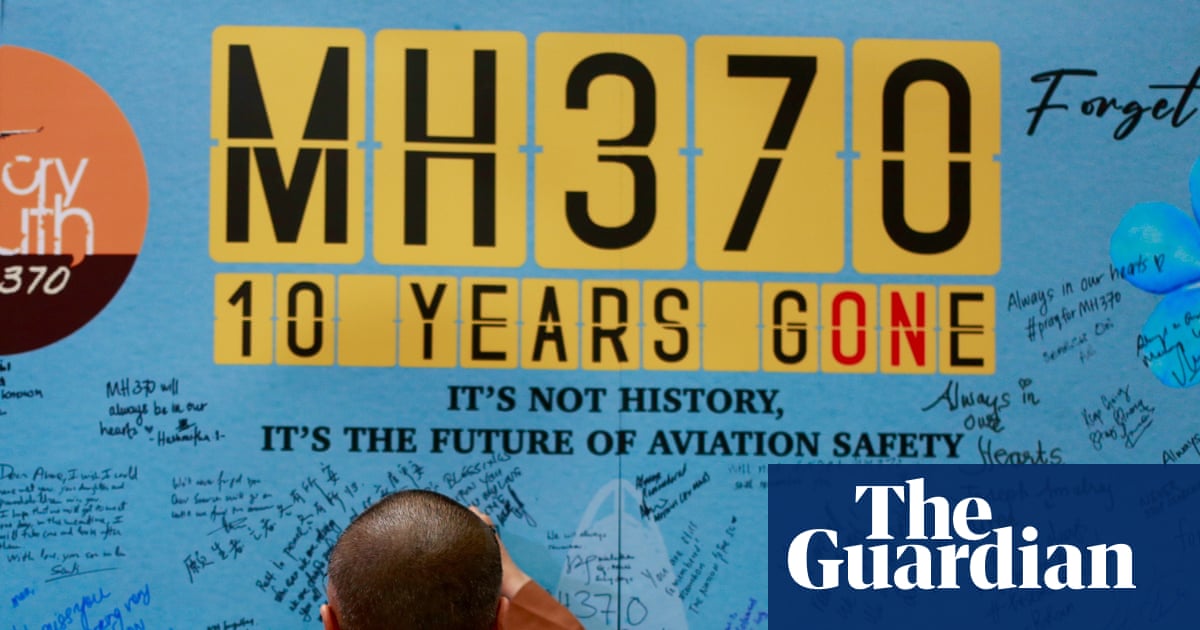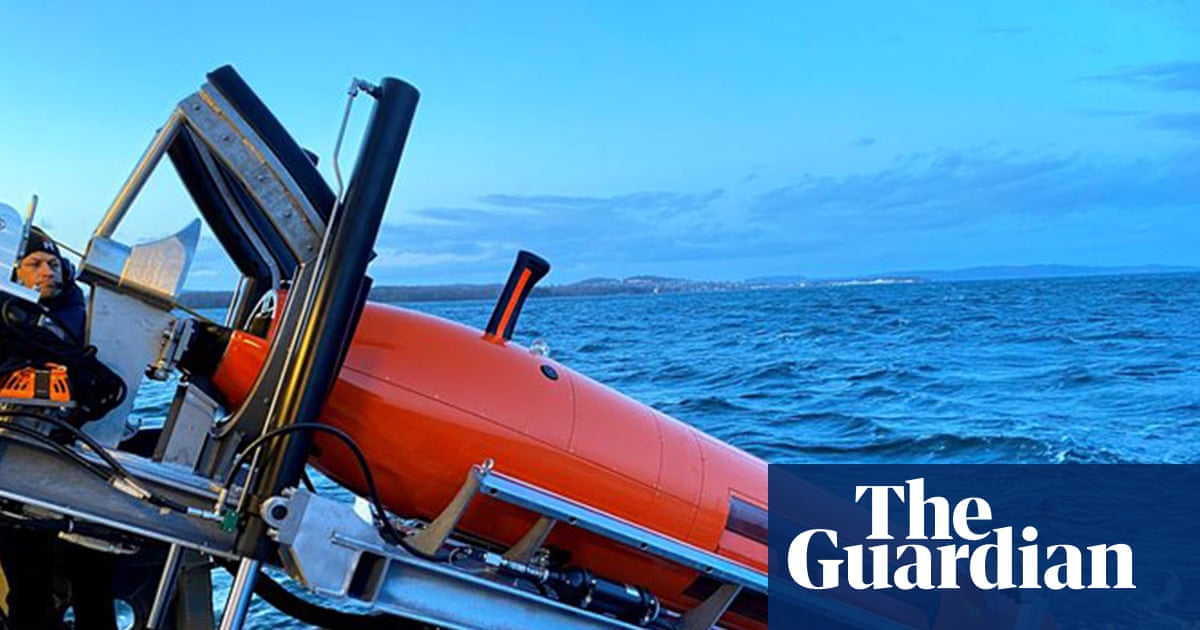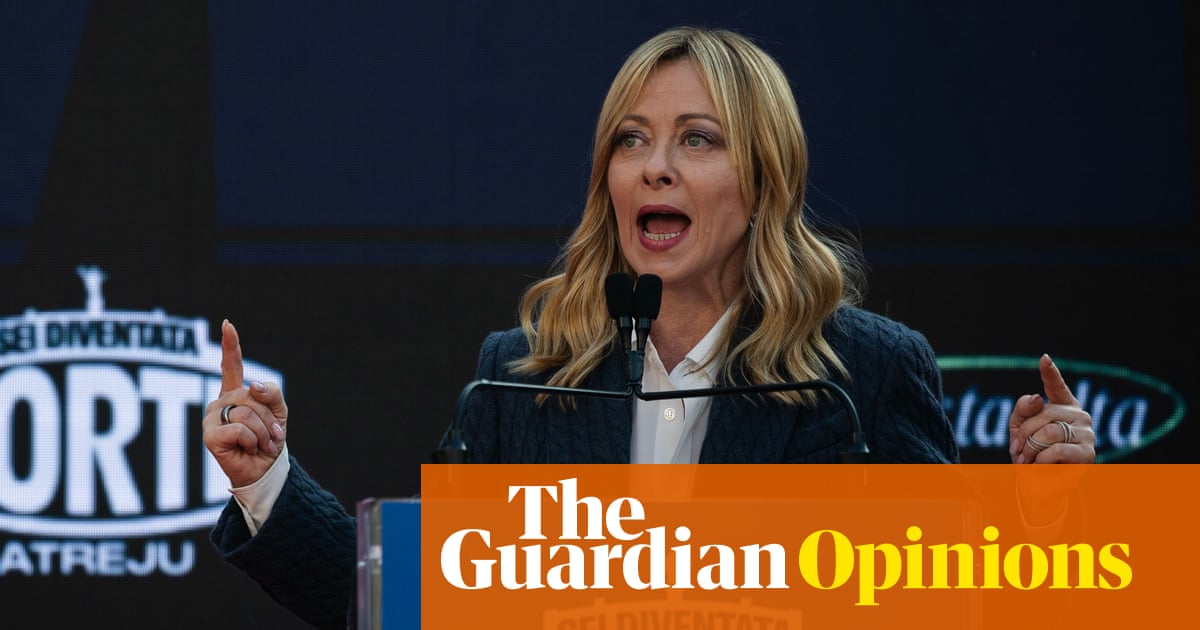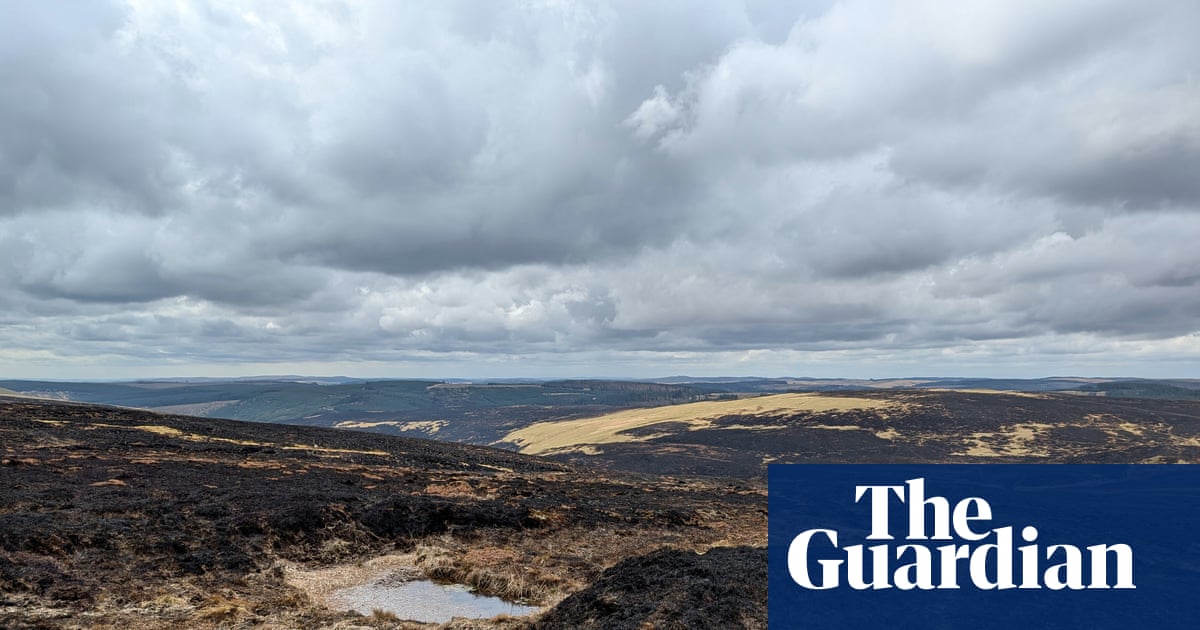Word spread through French Island’s WhatsApp group before we’d even docked – there was a boat made of rubbish heading their way. By the time Samuel McLennan secured his vessel built from marine debris at Tankerton Jetty, a small crowd had formed. Alan Pentland, editor of Off-the-Grid, the island’s newsletter, was already waiting to get a photo and eager for a story.
A constant stream of people came down over the next two hours – to have a chat, come onboard, ask questions and share their excitement.
The islanders seemed genuinely honoured that McLennan had chosen their remote outpost, population 139, as his destination. Many knew his story. The Tasmanian began his Bass Strait crossing in a craft built from fish farm waste and other marine debris in early 2024, spending months at the pristine Gippsland beach Walkerville South and Phillip Island before arriving here.
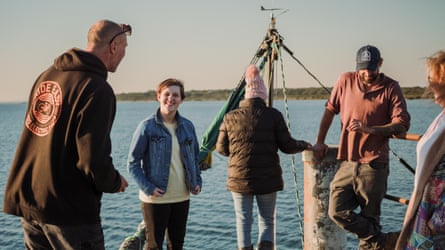
-
French Island residents gather to inspect the unusual vessel after word spread through the islands WhatsApp group about the arrival of a boat made of rubbish.
Up close, McLennan’s creation defies expectations. The 48-year-old spent two years assembling a vessel from an alarming variety of marine debris: commercial fishing rope, oyster bags, agricultural plastics, recreational fishing gear, and oyster farm buoys to keep the vessel afloat. The massive black polyethylene pontoons, originally fish farm infrastructure, supported a craft that could both sail and motor across Bass Strait. Even the sail was crafted from debris: a tent base found on Flinders Island shoreline, part of a truck tarp from the Sorell coast, and another tarp found in a Hobart drain, all stitched together with fishing braid. His collection represents a tiny fraction of the 14m tonnes of plastic that enter Earth’s oceans each year.
The journey to building a rubbish boat began with a series of business setbacks and deliberate homelessness. After his startup collapsed and mentoring business struggled, McLennan chose to live in a van rather than take another job. “I realised that nothing is the birthplace of creation,” he says. When the government rejected his proposal to convert a decommissioned ferry into a floating innovation hub, his father made a throwaway comment that set the course of his life for the next few years: “Why don’t you build your innovation island out of fish farm debris?”
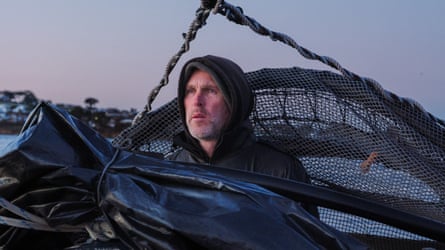
-
Samuel McLennan, 48, aboard his vessel, Heart, built entirely from marine debris collected over two years from Tasmanian shores.
What McLennan thought would take six months stretched into two years of construction. Maritime authorities initially restricted his vessel to coastal waters, calling his ocean-going plans “foolhardy”. By the time we met at San Remo, the morning before sailing to French Island, McLennan had proven those doubters wrong, successfully navigating hundreds of nautical miles despite official scepticism.
The crossing itself revealed the vessel’s surprising seaworthiness. On an incredibly still morning, powered by a four-stroke outboard motor, we made steady progress across Bass Strait’s glassy waters – a five-hour journey from San Remo to Cowes, then on to French Island. Halfway across, we were joined by Bendy, a lone dolphin who seemed curious about our unusual craft and travelled alongside us for most of the journey. Bendy, McLennan wrote in an Instagram post about the encounter, was a familiar presence in these waters.
We arrive at French Island around 3pm. That evening, Sean Ryan, a local tour guide, offers to show us around. Ryan regularly introduces visitors to the island’s unique character: the local bar that’s actually a strip of cars parked near the jetty where neighbours gather; the small cemetery and the one-room school. The human community is tiny, utterly overshadowed by the island’s most famous residents: a dense, overpopulated colony of koalas which can be seen perched on the forks of the Manna gum and other Eucalyptus throughout the visit.
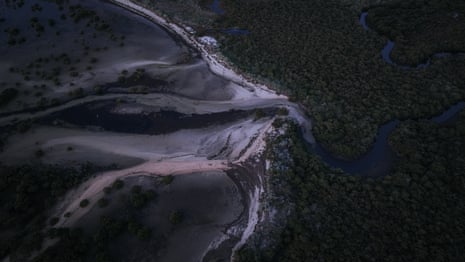
-
Top: French Island, which isn’t connected to waste collection services, forces residents to confront their own waste rather than having it disappear into municipal systems.
Bottom: One of dozens of koalas spotted during the island tour.

But Ryan’s real destination – and McLennan’s – is always the tip. “This isn’t any ordinary tip,” he says with pride. “You can grab whatever you want.” He wants visitors to see how islanders transform discarded materials into homes and useful objects.
It’s a philosophy that resonates deeply with McLennan. “There aren’t the rules and regulations which we find in other parts of the country,” he says later. “It’s created the space for people to be creative and to play with different materials.” For someone rebuilding his life from nothing, the island’s creative freedom felt liberating.
Ryan was equally impressed with McLennan’s practical and direct approach to recycling. “People can preach,” he says. “But here is somebody doing something real.”
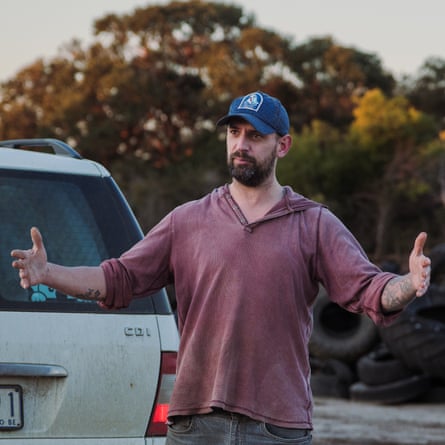

-
Local tour guide Sean Ryan, who shows McLennan around French Island including the community tip, where residents freely collect materials for building projects.
McLennan’s boat, which he named Heart, is “a structure for conversations” about waste, creativity and change, he says. It makes a blunt point: industries often leave waste in the ocean because it’s cheaper than dealing with it responsibly. His project is practical rather than symbolic – picking up rubbish, piece by piece, and showing that it can be turned into something useful. He gestures to the repurposed materials beneath us and explains his ethos: “We’ve been described as the only living species that creates a toxic environment to live in.”
The morning after our arrival, David Paonetti provides breakfast at his home – a table overflowing with homemade jams, fresh fruit, cooked sausages, eggs and animated conversation. An Italian who arrived in Australia in 1995 on a working holiday visa and bought his property on French Island in 1998, Paonetti embodies the island’s resourceful philosophy. He was drawn to the island’s wildlife abundance over city conveniences. “It’s not the shops that make me happy. It’s looking at the birds, looking at the wildlife,” he says. When he first visited, seeing koalas walking on the road felt “like magic” after years of travelling around Australia and only glimpsing them from a distance. “I thought, this is paradise. That’s what Australia should be about.”
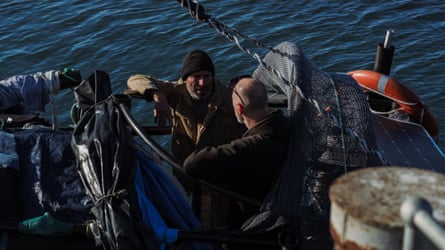
-
Top: David Paonetti, who provided breakfast at his home the morning after Samuels arrived at French island.
Bottom: The vessel, Heart, crosses Bass Strait’s calm waters on the five-hour journey from San Remo to French Island, powered by a four-stroke outboard motor.
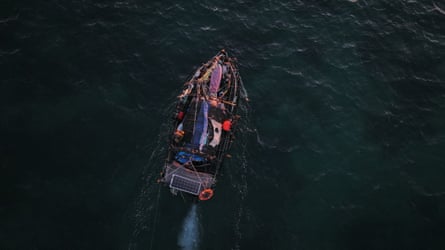
He’s built much of his property from materials found at the community tip. “The tip for us is treasure – it’s a Bunnings,” he says, gesturing toward furniture and structures crafted from discarded jetty timber. Unlike mainland Australia, French Island isn’t connected to waste collection services. “We look after our own rubbish,” Paonetti says. The island forces residents to confront their own waste rather than having it disappear into municipal collection systems. This self-reliance isn’t a burden, he says, but a source of pride – and creativity.
“We’ve just been there for the past few hours in nonstop conversation, talking about life and what’s happening out there in the world and what we can do to shift those things,” McLennan says as we prepare to leave. “People have become very open and generous. It was a really beautiful experience.”
-
Otis Filley is a freelance journalist and film-maker documenting regional Australia

 3 months ago
52
3 months ago
52


